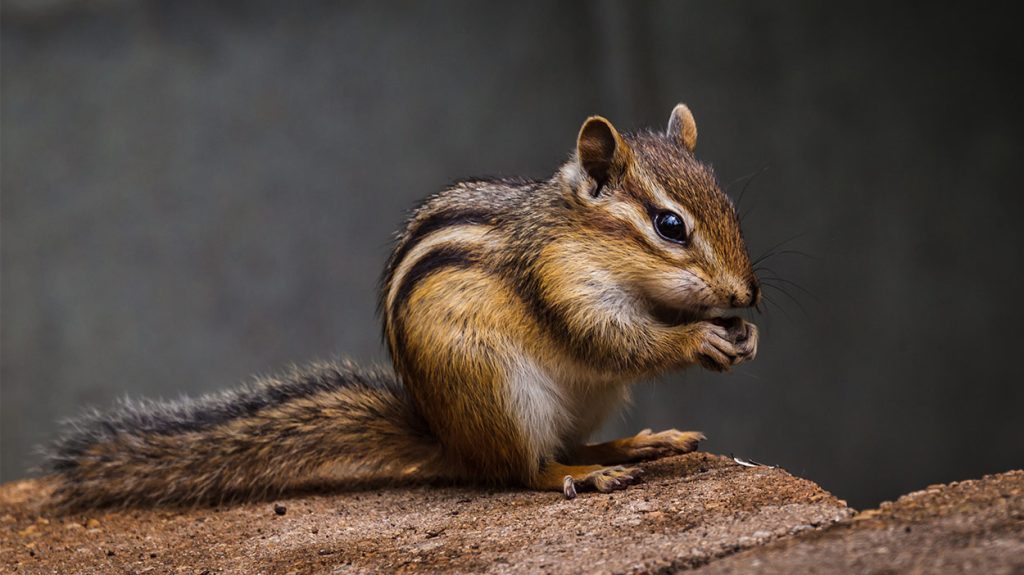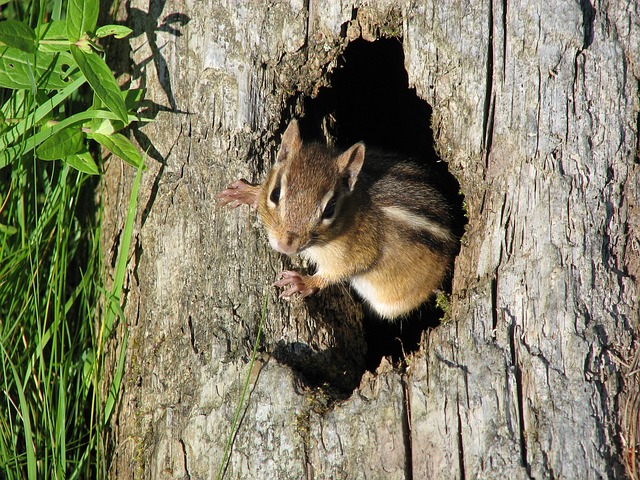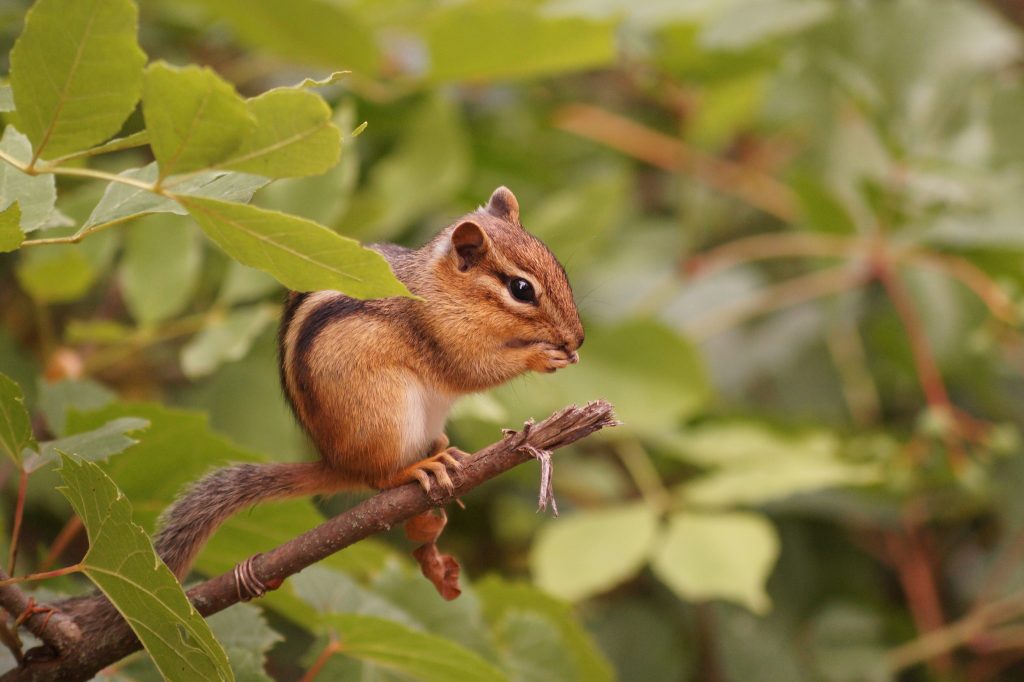Chipmunks are a common sight in many parts of the world, particularly in North America and Europe. With their cute and furry appearance, these small rodents have captured the hearts of many people, including those who encounter them in their yards or gardens. However, their close proximity to humans has also led to concerns about their impact on human habitats and their potential to cause damage. In this article, we will explore the relationship between chipmunks and humans, examining their behavior, habitats, and interactions.

Chipmunk Behavior:
Chipmunks are small, ground-dwelling rodents that belong to the squirrel family. They have a distinctive striped pattern on their fur, with five stripes on their back and sides. They are known for their quick movements and agility, which allows them to dart in and out of small spaces and run very fast. Chipmunks are primarily active during the day, and their diet consists of seeds, nuts, fruits, and insects.
Chipmunks are social animals and often live in groups ranging from two to eight individuals. They are also territorial and defend their territory against other chipmunks or intruders. During the breeding season, which occurs in early spring and late summer, male chipmunks will engage in courtship behavior to attract females.
Chipmunk Habitats:
Chipmunks are found in a variety of habitats, including forests, woodlands, grasslands, suburban yards, and urban parks. They prefer areas with a lot of ground cover, such as bushes, tall grasses, and fallen logs, which provide shelter and protection. Chipmunks also like to burrow underground and create complex tunnel systems that can extend up to 30 feet in length.

Chipmunks and Humans:
The relationship between chipmunks and humans can be both positive and negative, depending on the context. Here are some of the ways that chipmunks can impact humans:
Positive Interactions:
a. Aesthetic Value: Many people find chipmunks to be cute and charming, and enjoy watching them scurry around in their yards or gardens.
b. Ecological Role: Chipmunks play an important role in the ecosystem as seed dispersers and soil aerators. They also provide food for predators such as hawks, owls, and snakes.
c. Pest Control: Chipmunks are known to eat insects and other garden pests, which can be beneficial to humans who want to protect their plants from damage.
Negative Interactions:
a. Property Damage: Chipmunks can cause damage to homes and other structures by burrowing underground and creating tunnels that can weaken foundations or cause sinkholes.
b. Garden Damage: Chipmunks are known to eat fruits and vegetables from gardens, which can be frustrating for gardeners who are trying to grow their own produce.
c. Disease Transmission: Chipmunks can carry diseases such as Lyme disease, which can be transmitted to humans through tick bites.
d. Human Health and Safety: Chipmunks can create tripping hazards by digging holes in lawns or other areas where people walk. They can also damage electrical wiring and insulation, creating a fire hazard.

Managing Chipmunk-Human Interactions:
There are several strategies that people can use to manage their interactions with chipmunks, depending on the context and the specific concerns. Here are some examples:
Habitat Modification: One way to reduce the impact of chipmunks on human habitats is to modify the habitat to make it less attractive or less accessible to chipmunks. This can include removing food sources, such as birdseed or fallen fruit, or using barriers, such as fencing or netting, to protect gardens and other areas.
Trapping and Removal: Another option is to trap and remove chipmunks from areas where they are causing damage or posing a risk to human health and safety. Traps can be purchased or rented, and should be used in accordance with local regulations and best practices.
Repellents: Some people use repellents, such as mothballs or predator urine, to deter chipmunks from entering their yards or gardens. However, the effectiveness of these methods is mixed, and some may be harmful to other wildlife or pets.
Habitat Enhancement: Rather than trying to remove or deter chipmunks, some people choose to enhance their habitat by providing food and shelter in designated areas away from human structures. This can help to create a more balanced ecosystem and reduce conflicts between chipmunks and humans.
Chipmunks are cute and fascinating animals that play an important role in the ecosystem. However, their close proximity to humans can sometimes create challenges and conflicts. By understanding their behavior, habitats, and interactions with humans, it is possible to manage these interactions in a way that promotes coexistence and respect for the natural world. Whether as a friend or foe, chipmunks are an integral part of our environment and deserve our attention and care.